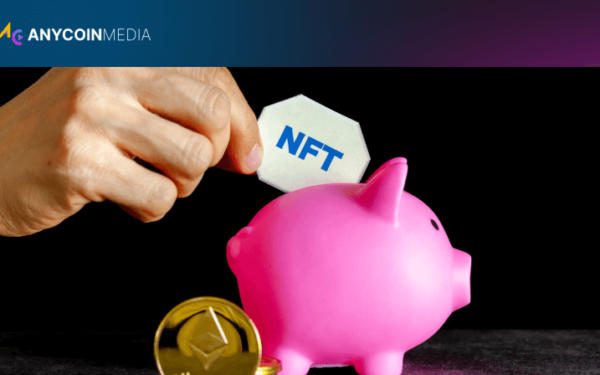In the realm of cryptocurrency security, hardware wallets stand as the gold standard for protecting digital assets. Two names consistently dominate this space: Trezor and Ledger. These industry leaders have established themselves as the go-to choices for crypto enthusiasts and investors seeking to safeguard their holdings from online threats. Both companies offer a range of products designed to store private keys offline, providing an essential layer of security in the volatile world of digital currencies.
Hardware wallets serve a crucial function in the cryptocurrency ecosystem:
By keeping private keys isolated from potentially compromised devices, hardware wallets significantly reduce the risk of unauthorized access to cryptocurrency holdings. This level of security is particularly important given the irreversible nature of blockchain transactions.
Trezor, developed by SatoshiLabs, emerged as the world’s first Bitcoin hardware wallet in 2014. Key features of Trezor devices include:
Trezor’s commitment to open-source development has earned it a reputation for transparency and security. The ability to audit the code provides users with an additional layer of trust in the device’s integrity.
Trezor offers two main models:
Both models provide robust security features, with the Model T offering enhanced functionality and a more user-friendly interface. The touchscreen on the Model T allows for easier input of passphrases and PINs, reducing potential vulnerabilities associated with entering sensitive information on a connected computer.
Ledger, a French company founded in 2014, has become the largest hardware wallet manufacturer in the world. Ledger devices are known for:
Ledger’s approach to security centers around its custom-built operating system and secure element chip, which provide a high level of protection against physical and software attacks.
Ledger’s product line includes:
Each model offers varying levels of functionality and storage capacity, catering to different user needs and preferences. The Nano X’s Bluetooth feature allows for mobile device connectivity, providing enhanced flexibility for managing cryptocurrencies on the go.
Both Trezor and Ledger prioritize security, but their approaches differ:
The choice between open-source and proprietary security models often comes down to personal preference and trust in the respective approaches. Both have proven effective in protecting users’ assets, with no major security breaches attributed to vulnerabilities in either company’s hardware.
The user experience can significantly impact the choice between Trezor and Ledger:
User interface preferences are subjective, but the touchscreen on the Trezor Model T is often cited as a significant advantage for ease of use, particularly when entering complex passphrases or PINs.
The range of supported cryptocurrencies can be a deciding factor:
While Ledger boasts a larger number of supported cryptocurrencies, Trezor’s more cautious approach to adding new coins is appreciated by users who prioritize security over a wide selection of assets.
Pricing can play a role in the decision-making process:
While price shouldn’t be the only factor in choosing a hardware wallet, it can be an important consideration, especially for users just entering the cryptocurrency space.
The strength of community and quality of support can enhance the overall user experience:
The active communities surrounding both Trezor and Ledger contribute to ongoing improvements and help users troubleshoot issues quickly.
Integration capabilities can expand the functionality of hardware wallets:
The ability to seamlessly interact with other cryptocurrency services can greatly enhance the utility of a hardware wallet, making it more than just a storage device.
Both Trezor and Ledger offer high-quality hardware wallets that provide robust security for cryptocurrency storage. The choice between the two often comes down to personal preferences regarding user interface, supported cryptocurrencies, and specific security features. Trezor’s open-source approach and touchscreen interface appeal to users who value transparency and ease of use, while Ledger’s proprietary security and wider range of supported cryptocurrencies attract those seeking a more comprehensive solution.





